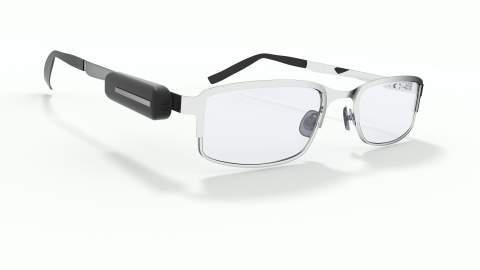
With multiple million USD raised, it will finalize the currently running clinical study to assess the usability of their system and measure market acceptance.
Based on these results, Vivior will register the system in Europe and the US to make it available to clinics, surgeons and patients.
Cataract, the clouding of the lens in the eye, affects over 50 million people per year world-wide. The standard treatment consists of implanting an artificial intraocular lens (IOL).
Ophthalmic surgeons currently rely on subjective patient interviews when selecting the power and type of the IOL, which can lead to unsatisfactory patient outcomes if this choice is not accurate or appropriate.
A novel wearable system collects daily activity data from patients, processes these data in the cloud and analyses patient’s lifestyle patterns using machine-learning algorithms.
This combination of data enables surgeons to offer optimal personalized solutions to their patients leading to active patient engagement and increased patient satisfaction.
According to Arthur Cumming MD, eye surgeon at the Wellington Eye Clinic and former President of the American European Congress of Ophthalmic Surgery, “we will look back in 5 years’ time and wonder how we ever managed to treat patients without objective data”.
Vance Thompson MD, Professor of Ophthalmology at the Sanford School of Medicine, Sioux Falls, South Dakota, USA, adds “I want to use the system every day to help educate patients on how they use their vision. Understanding the exact distances and how much time spent at each distance will help them choose the best premium implant for their life long vision decision.”
Vivior is a Swiss digital health start-up founded in 2017 by a group of experienced eye care professionals.
Its ground-breaking combination of a wearable device and machine-learning algorithms allows it to track the visual needs of patients in their daily life. The data is analyzed in the cloud and made available to health care professionals to better understand patients’ needs.
Source: Company Press Release






